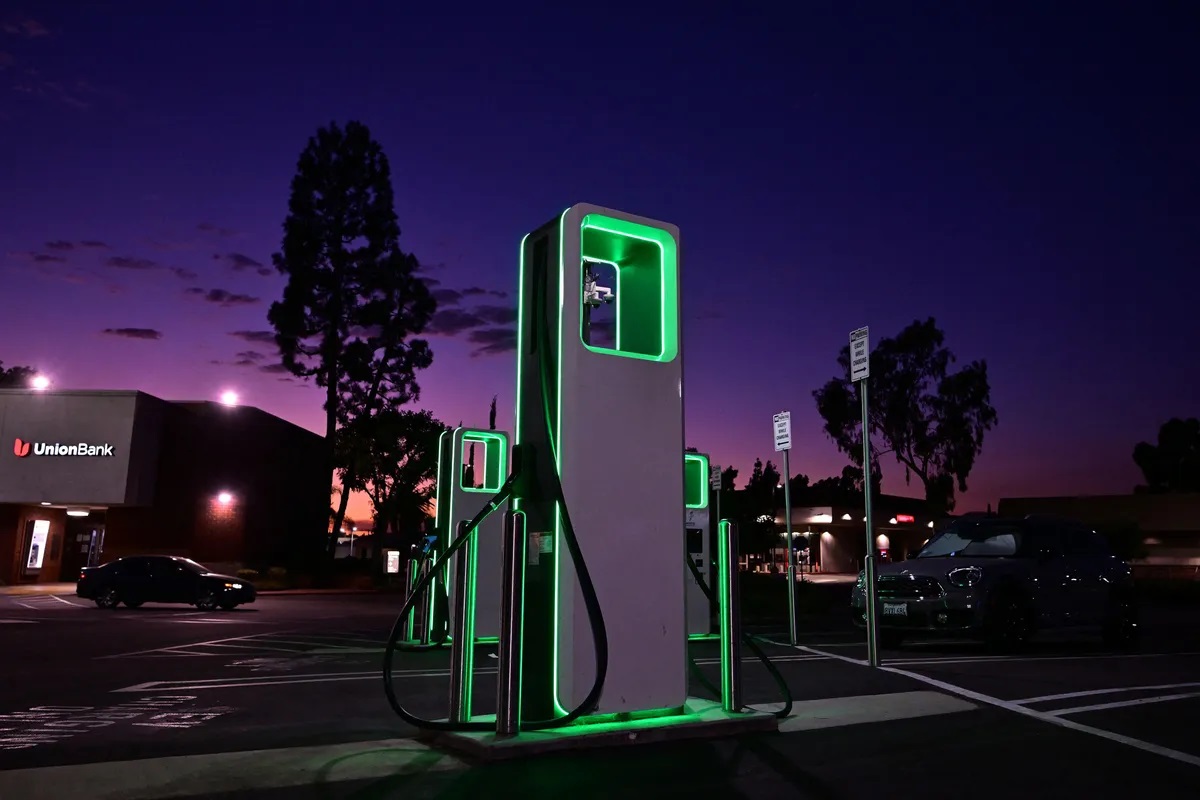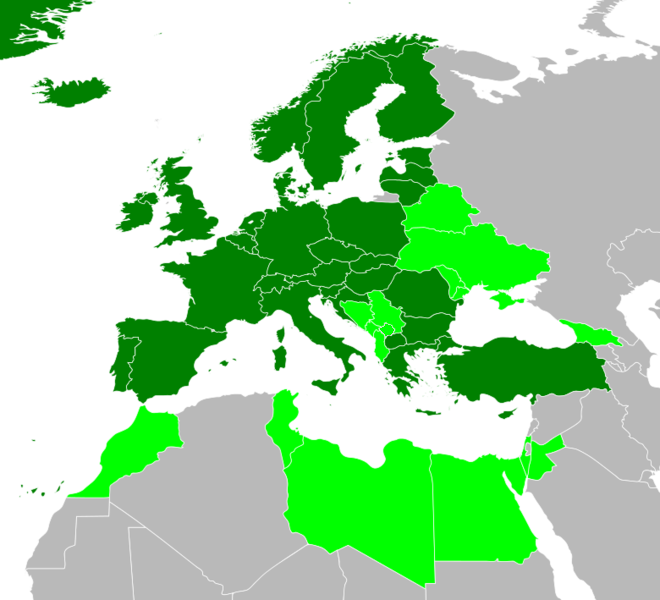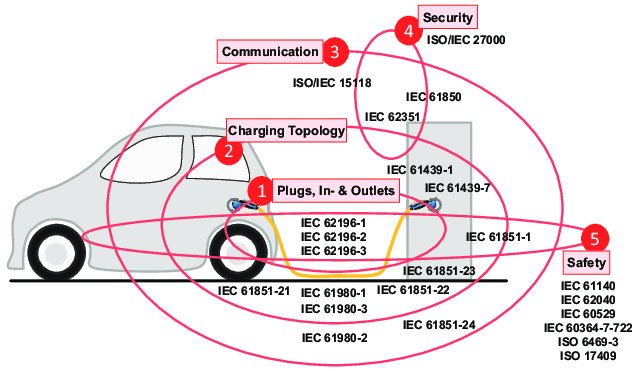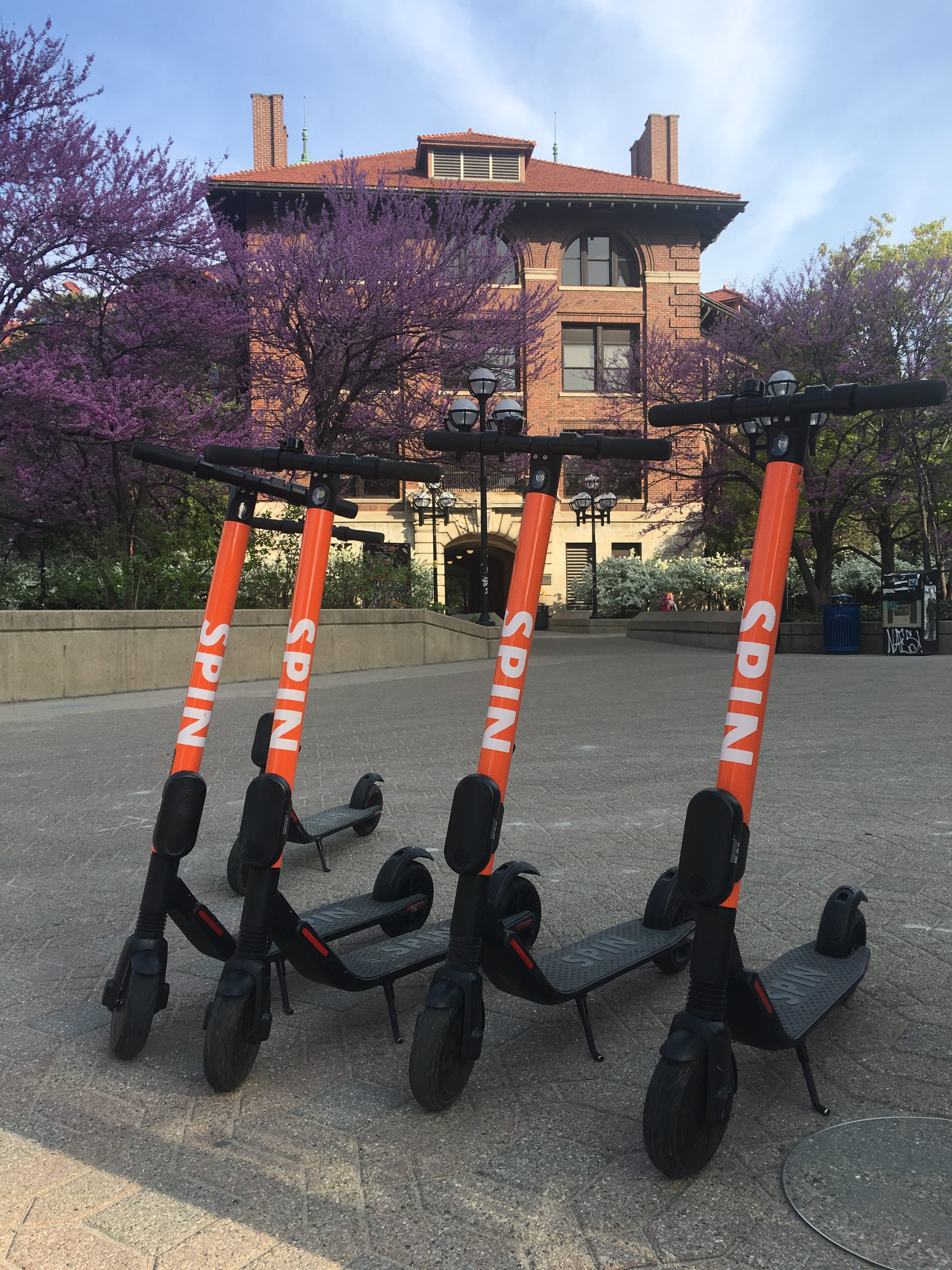Tag Archives: Belgium
- Home
- Posts tagged "Belgium"

Belgian Buns & Tea
Paul Hollywood’s Belgian Buns | Bake Off Technical Challenge
BSI is a private company incorporated by the British Royal Charter, first awarded (to the British Engineering Standards Association) in 1929.
My daughter made Belgium buns.. want to try one? pic.twitter.com/rrmJopl0O2
— nicola h (@nkh12349) March 9, 2025
Did you know we have a number of programmes available with a January start date? Find out more about our programmes, scholarships and accommodation and join us in the new year – https://t.co/0sb2ziLGnK pic.twitter.com/kJopkWS8QH
— University of Aberdeen (@aberdeenuni) October 26, 2024
Fast & Ultra-Fast Charging for Battery Electric Vehicles
IEC Sustainable mobility systems
Fast and Ultra-Fast Charging for Battery Electric Vehicles – A Review
Laboratory of Tropical Crop Improvement
This content is accessible to paid subscribers. To view it please enter your password below or send mike@standardsmichigan.com a request for subscription details.
Evensong “Deux Arabesques” Debussy
This content is accessible to paid subscribers. To view it please enter your password below or send mike@standardsmichigan.com a request for subscription details.
Smart Grid Coordination Group
The European Standardization System and the International Electrotechnical Commission standardization system are two distinct systems that serve different geographical areas and have different scopes, although they share some similarities. Here are some key differences between the two systems:
- Geographical Scope: The European Standardization System focuses on the standardization needs of European countries, including members of the European Union (EU) and European Free Trade Association (EFTA) countries. It is managed by three European standardization organizations: CEN (European Committee for Standardization), CENELEC (European Committee for Electrotechnical Standardization), and ETSI (European Telecommunications Standards Institute).
On the other hand, the IEC standardization system has a global scope and develops standards for electrotechnical and electronic technologies that are used worldwide. The IEC is a non-profit organization based in Switzerland, and its standards are adopted by countries around the world, including Europe.
- Standardization Process: The European Standardization System follows a three-step process of development, approval, and publication of European Standards (ENs) and Technical Specifications (TSs). This process involves the participation of national standardization bodies from European countries, along with stakeholders from industry, academia, and other relevant sectors.
The IEC standardization process involves the development of International Standards (ISs) and other types of publications, such as Technical Reports (TRs) and Technical Specifications (TSs). The IEC standards are developed by technical committees consisting of experts from IEC member countries, including industry representatives, academics, and other stakeholders.
- Scope of Standardization: While both the European Standardization System and the IEC standardization system cover electrotechnical and electronic technologies, they have different scopes in terms of the specific areas they cover. The European Standardization System covers a wide range of areas, including engineering, manufacturing, construction, energy, environment, and services, among others.
The IEC standardization system focuses specifically on electrotechnical and electronic technologies, including areas such as electrical safety, electromagnetic compatibility, electrical and electronic equipment, renewable energy, smart grids, and communication systems, among others.
- Legal Status of Standards: European Standards (ENs) developed under the European Standardization System can be adopted by European countries as national standards, which are then considered harmonized standards under the framework of the European Union’s New Approach Directives. Harmonized standards provide a presumption of conformity with the relevant EU legislation and can be used to demonstrate compliance with essential requirements of EU directives.
IEC International Standards (ISs), on the other hand, are voluntary standards that are not legally binding. However, they are widely recognized and adopted by many countries as best practices and are often referenced in national regulations and procurement requirements.
- Membership and Participation: The European Standardization System is open to European countries that are members of CEN, CENELEC, and ETSI, and participation is generally limited to European stakeholders. The IEC, on the other hand, has a global membership of over 170 countries, and participation is open to all IEC member countries and their national committees, along with relevant stakeholders from around the world.
Readings:
Personal e-Transporters
“Trust only movement.
Life happens at the level of events, not of words.
Trust movement.”
— Alfred Adler
We track best practice concepts evolving in International Electrotechnical Commission committee (IEC TC 125 Personal e-Transporters) now setting the standard of care for a transport technology with a growing presence on college and university campuses. Students and faculty use PeTs to hasten movement between classes; maintenance staff uses them for exterior maintenance and landscaping. They are used by the general public on or within campus perimeters; particularly large research universities.
From the IEC TC 125 committee scope statement:
Standardization for use on the road or in the public space of electrically powered transport devices (i.e. no human (propulsion) power input) and where the speed control and/or the steering control is electrical/electronic.
This means, standardization in the field of personal e-Transporters, including :
-
- Safety and reliability (both electrical and functional)
- Protection against hazards (fire and explosion hazards, water ingress, …)
- Maintenance
- Docking stations for public use
- Recharging
- Recycling
Exclusions : Standardization of electrical bicycles, motorbikes, mopeds and cars are excluded from the scope because they are handled by other technical committees administered from Geneva:
– IEC TC 69
– ISO TC 149
– ISO TC 22
Standardization of PeTs for home use are excluded because they are handled by IEC TC 59 and TC 61
Much like PetTs technology itself, the TC 125 committee is relatively new; its founding document linked below:
Belgium is the Secretariat with 24 national committees on the project at the moment (CLICK HERE for TC 125 Membership). Stakeholders in the United States should contact ANSI’s US National Committee to the IEC (CLICK HERE)
We are on the receiving end of questions about best practice, standardization and regulatory solutions for this technology. We refer them to the IEEE Education & Healthcare Facilities Committee which meets 4 times monthly in European and American time zones and collaborates with the IEEE Intelligent Transportation Systems Society. We also set aside an hour per month to review the status of best practice literature for campus Mobility. See our CALENDAR for the next online meeting; open to everyone.
Issue: [19-200]
Category: Mobility, Electrical, Global
Colleagues: Mike Anthony, Jim Harvey
More
IEC e-tech | News & Views from the IEC
New update alert! The 2022 update to the Trademark Assignment Dataset is now available online. Find 1.29 million trademark assignments, involving 2.28 million unique trademark properties issued by the USPTO between March 1952 and January 2023: https://t.co/njrDAbSpwB pic.twitter.com/GkAXrHoQ9T
— USPTO (@uspto) July 13, 2023
Standards Michigan Group, LLC
2723 South State Street | Suite 150
Ann Arbor, MI 48104 USA
888-746-3670





















